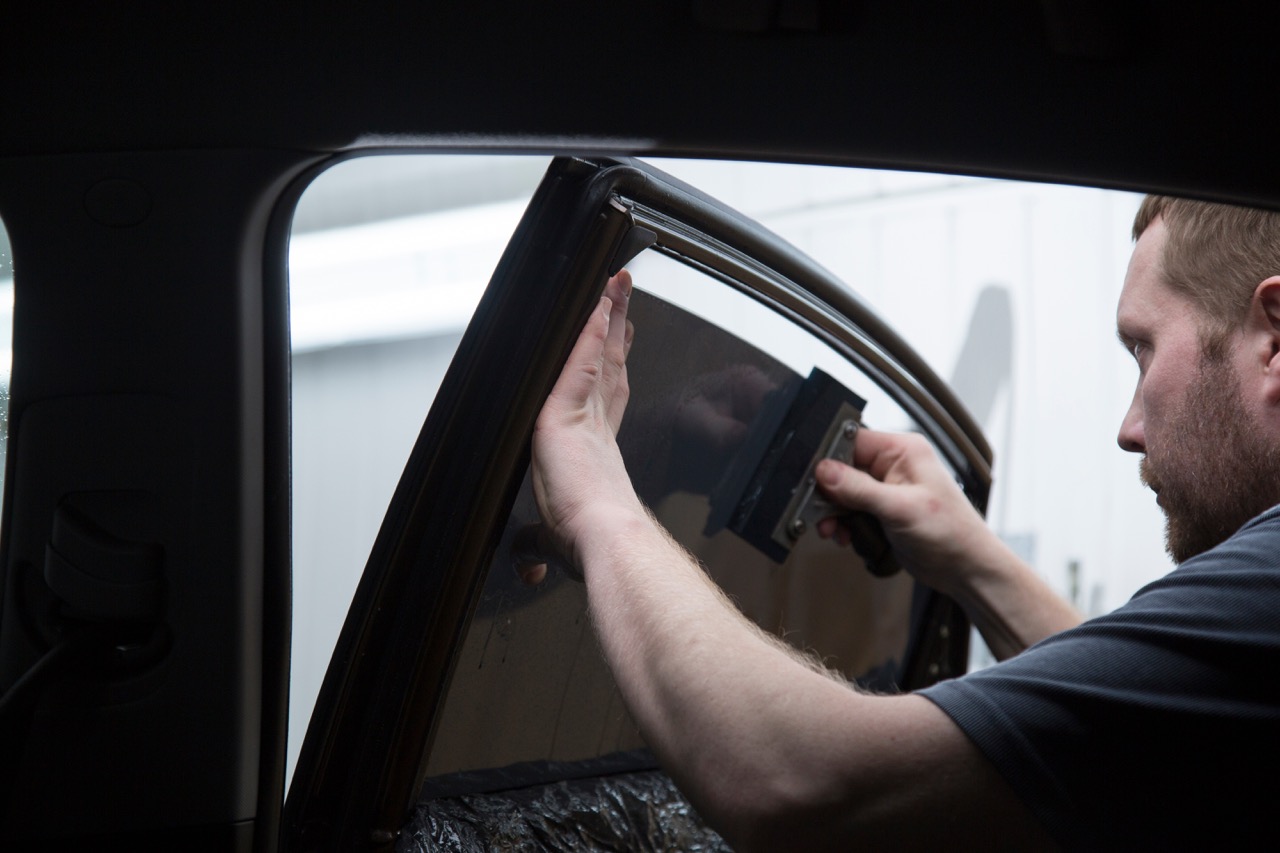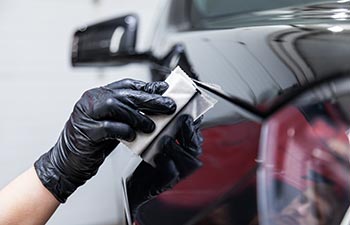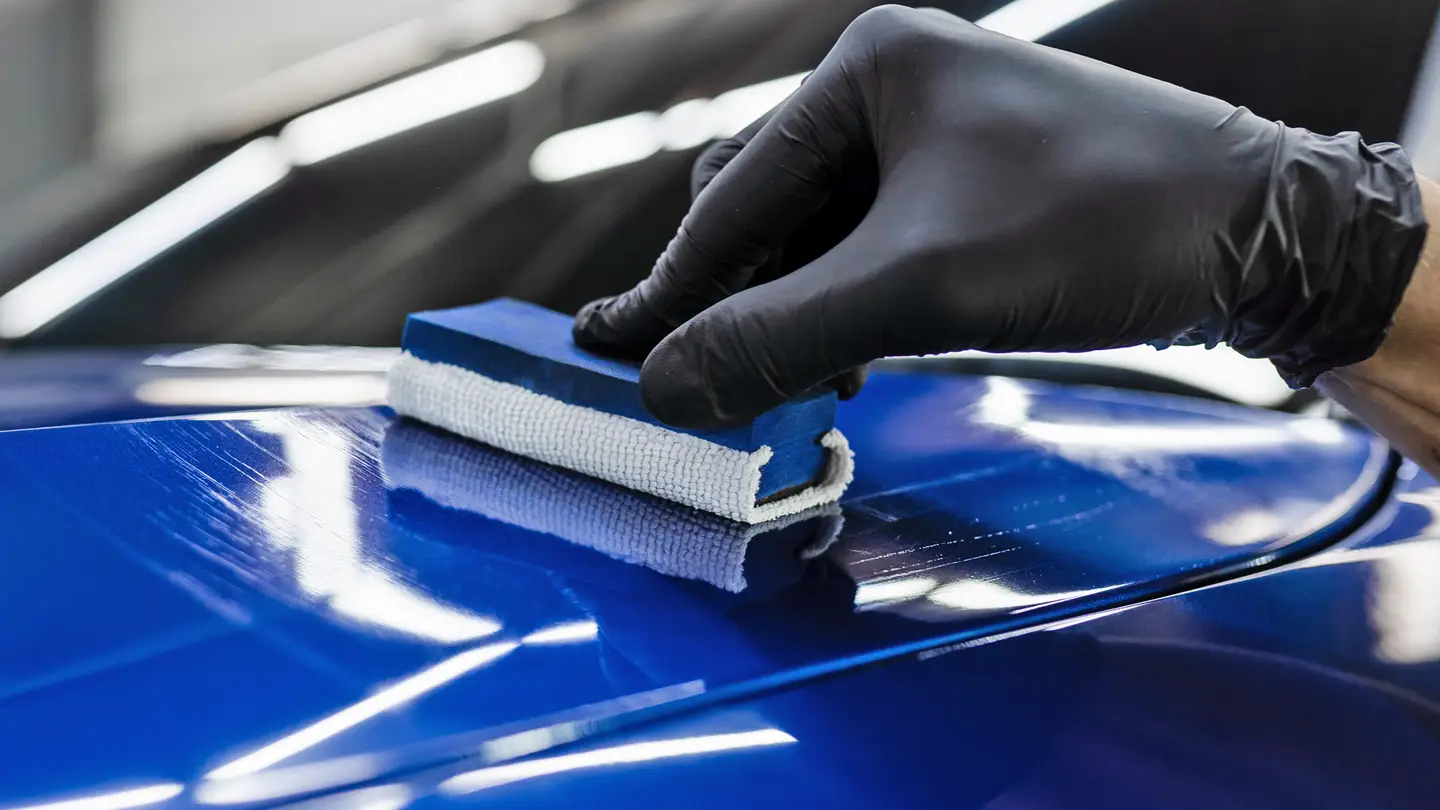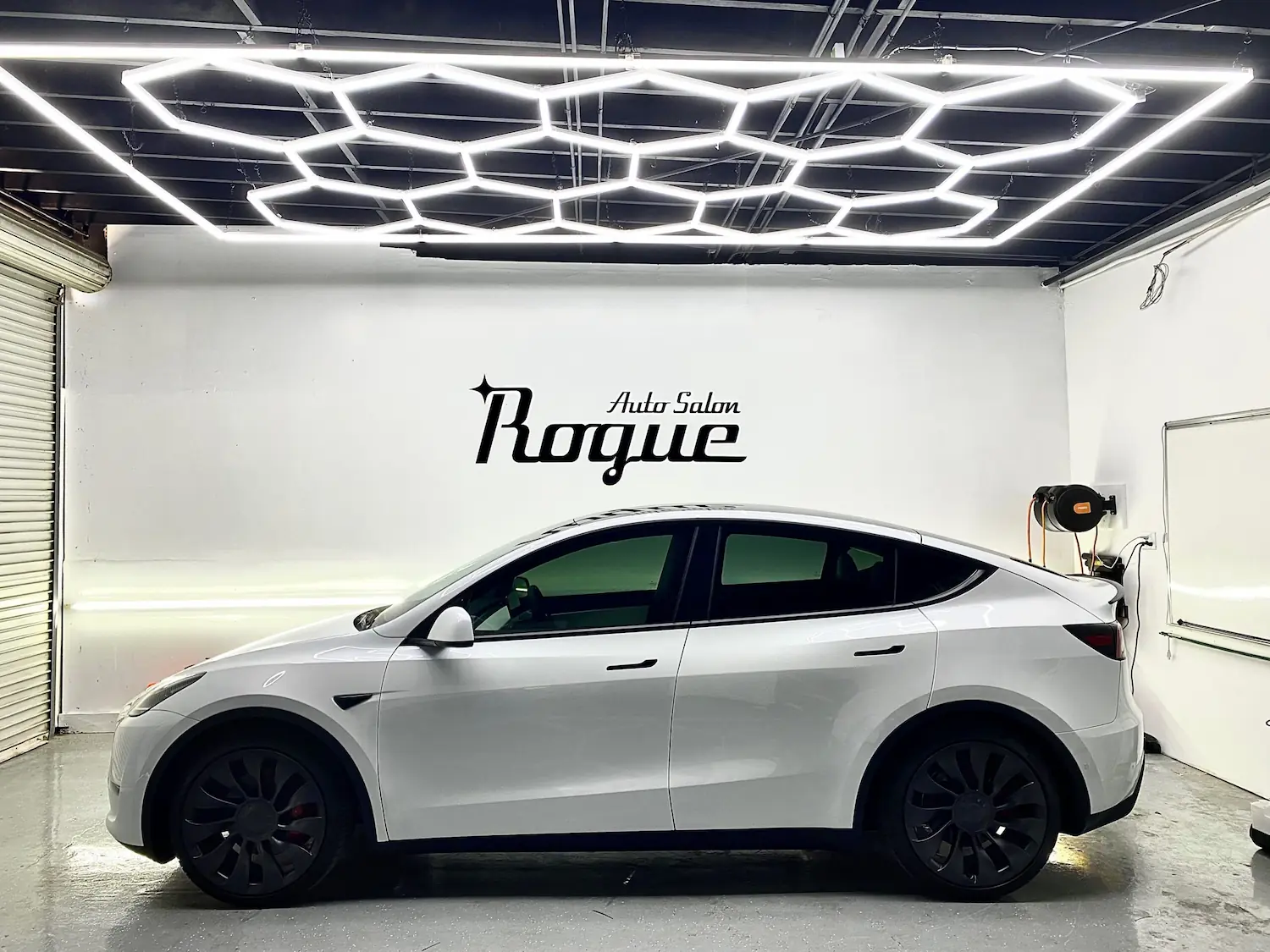Autocare
Is Car Window Tinting the Key to Better Fuel and Energy Efficiency?
Exploring How Tinting Can Reduce Heat, Cut Energy Use, and Potentially Save Fuel
In today’s world, where saving money and reducing environmental impact are top priorities, car owners are constantly seeking ways to improve their vehicles’ fuel economy and energy efficiency. One often overlooked modification that’s gaining popularity is car window tinting. But does it make a significant difference in how much fuel your vehicle consumes or how efficiently it regulates temperature?
In this article, we’ll explore the science and practical benefits behind car window tinting, evaluating its true impact on fuel consumption, energy use, and overall vehicle comfort. Let’s separate fact from fiction and see if this simple upgrade could be your key to better efficiency on the road.
What Is Car Window Tinting?
Car window tinting involves applying a thin film to the windows of your vehicle. This film serves several purposes: it blocks a significant amount of ultraviolet (UV) rays, reduces heat from solar radiation, minimizes glare, and enhances privacy. Available in various shades and technologies, window tinting is a common service provided by automotive detailing shops and specialists, like the trusted professionals at RogueAutoSalon.
While many drivers choose window tinting for aesthetic reasons or added privacy, its practical effects on your car’s temperature regulation and fuel usage are equally compelling.
How Car Window Tinting Works to Reduce Heat
One of the biggest challenges in hot climates is maintaining a comfortable temperature inside a vehicle without overusing the air conditioning (AC). When sunlight streams through untinted windows, it brings a considerable amount of heat with it, turning your car interior into a sauna on sunny days. This forces drivers to crank up the AC, which directly impacts fuel consumption.
Car window tinting films are designed to block between 40% and 75% of solar heat. By reflecting or absorbing the sun’s rays, these tints significantly reduce the interior temperature, creating a cooler cabin environment naturally. The less heat that enters, the less your AC has to work to keep you comfortable.
Studies have shown that window tinting can reduce car surface temperatures by up to 60%, which translates to lower AC usage and fuel savings. For example, a 2009 study found vehicles with tinted windows used about 5% less fuel on average than those without tint, primarily due to reduced air conditioning demand.

Car Window Tinting and Fuel Efficiency: What the Science Says
Fuel efficiency is commonly measured in miles per gallon (MPG) or liters per 100 kilometers (L/100km), indicating how far a vehicle travels per unit of fuel. Many factors affect fuel efficiency, including engine performance, driving habits, vehicle weight, and even tire pressure.
Where does car window tinting fit into this complex picture? By reducing interior heat, window tinting lowers the need for AC, which is one of the biggest fuel consumers during driving, especially in stop-and-go traffic or hot weather. When the AC runs less, the engine works less, improving fuel economy.
However, the actual fuel savings from window tinting can vary depending on:
- The climate you drive in (hotter climates see more benefit)
- The quality and darkness of the tint
- Your driving habits (city driving with heavy AC use benefits more)
- How well your vehicle’s AC system performs
While tinting alone won’t drastically transform your MPG, it’s a small but valuable piece in a larger strategy to boost energy efficiency.
Energy Efficiency Beyond Fuel Savings
Car window tinting does more than just save you gas money. It also enhances overall energy efficiency by improving the insulation properties of your vehicle’s windows.
In cold weather, windows can be a source of heat loss, requiring more energy from your heating system. Quality window tints act similarly to insulation by reducing heat transfer, helping to maintain interior warmth longer in winter months and coolness in summer. This balance reduces the strain on your vehicle’s climate control systems year-round.
Furthermore, many modern tint films utilize nanotechnology-based heat rejection, which significantly decreases infrared radiation entering your car without blocking visible light, maintaining good visibility while maximizing heat reduction.

Additional Benefits of Car Window Tinting
Beyond fuel and energy savings, car window tinting offers a range of practical benefits that make it a worthwhile investment:
- UV Protection: Prolonged exposure to UV rays can cause serious damage, not only to your skin but also to your car’s interior. Window tinting blocks up to 99% of UV radiation, protecting your upholstery, dashboard, and electronics from fading and cracking, thus preserving your vehicle’s resale value.
- Glare Reduction: Driving with bright sunlight or harsh headlights can cause eye strain and reduce visibility, increasing accident risk. Tinting reduces glare, creating a safer and more comfortable driving experience, particularly during dawn, dusk, and nighttime driving.
- Privacy and Security: Tinted windows obscure the view inside your car, deterring thieves and increasing your privacy while parked or driving. This added layer of security can give peace of mind, especially when parking in busy or unfamiliar areas.
- Shatter Resistance: In the event of an accident or impact, window tint film holds glass fragments together, reducing the risk of injury from flying shards and enhancing occupant safety.
Choosing the Right Car Window Tint
Not all window tints are created equal, and choosing the right film is crucial to maximize benefits while staying compliant with local laws. Here are some tips:
- Visible Light Transmission (VLT): This rating measures how much visible light passes through the tint. A higher VLT means more light and better visibility, which is safer, especially at night. Many states regulate the minimum VLT allowed on car windows.
- Quality and Warranty: Opt for films with proven durability, scratch resistance, and manufacturer warranties. Professional installation at a reputable shop like RogueAutoSalon ensures a smooth application and long-lasting results.
- Heat Rejection Technology: Look for films with advanced heat-rejection features or ceramic technology that block infrared rays effectively without excessive darkness.
- Legal Compliance: Always check your local regulations for allowable tint darkness and placement to avoid fines or mandatory removal.

How to Maximize the Fuel and Energy Efficiency Benefits of Car Window Tinting
If you decide to invest in car window tinting primarily for efficiency benefits, here are some tips to ensure you get the most out of your upgrade:
- Professional Installation: Avoid DIY kits to prevent bubbling, peeling, or improper application that can reduce effectiveness and durability.
- Combine with Other Efficiency Measures: Regular vehicle maintenance, proper tire inflation, and smooth driving habits complement the fuel savings from window tinting.
- Select the Right Shade: Choose a tint that balances heat rejection with visibility. Overly dark tints may reduce safety and are often illegal.
- Consider Climate: If you live in a hotter climate, investing in higher-performance heat-rejecting films pays off more significantly.
Final Thoughts: Is Car Window Tinting Worth It for Fuel and Energy Efficiency?
While car window tinting won’t single-handedly revolutionize your fuel economy, it is an effective, relatively low-cost way to reduce interior heat, lower air conditioning use, and improve energy efficiency year-round. Combined with other smart driving and maintenance habits, it can contribute to noticeable fuel savings and a more comfortable driving experience.
Moreover, the added benefits of UV protection, glare reduction, privacy, and safety make window tinting a valuable upgrade beyond just efficiency gains.
If you’re looking to improve your vehicle’s performance and comfort sustainably, car window tinting from a trusted provider like RogueAutoSalon is worth considering.

- Window Tinting
- Ceramic Coating
- UV-Blocking Tint Options
- Vehicle Efficiency Upgrades
- Ceramic Window Film Installation



